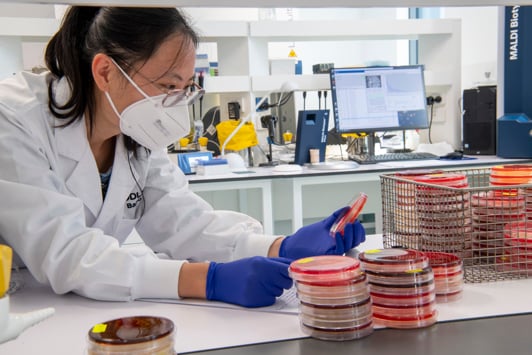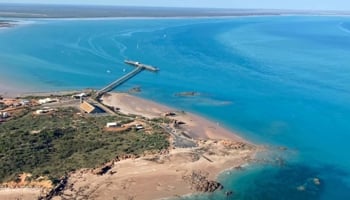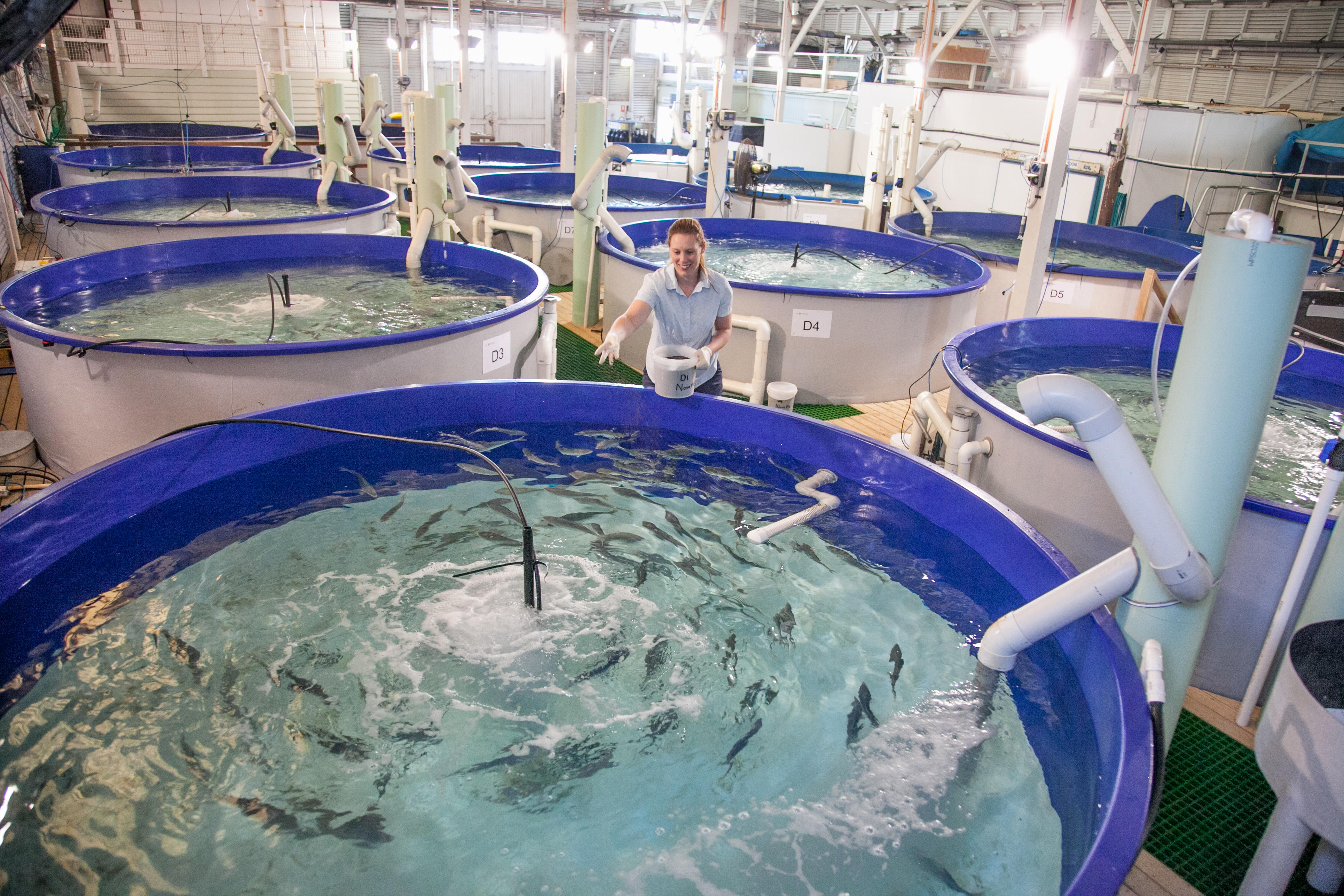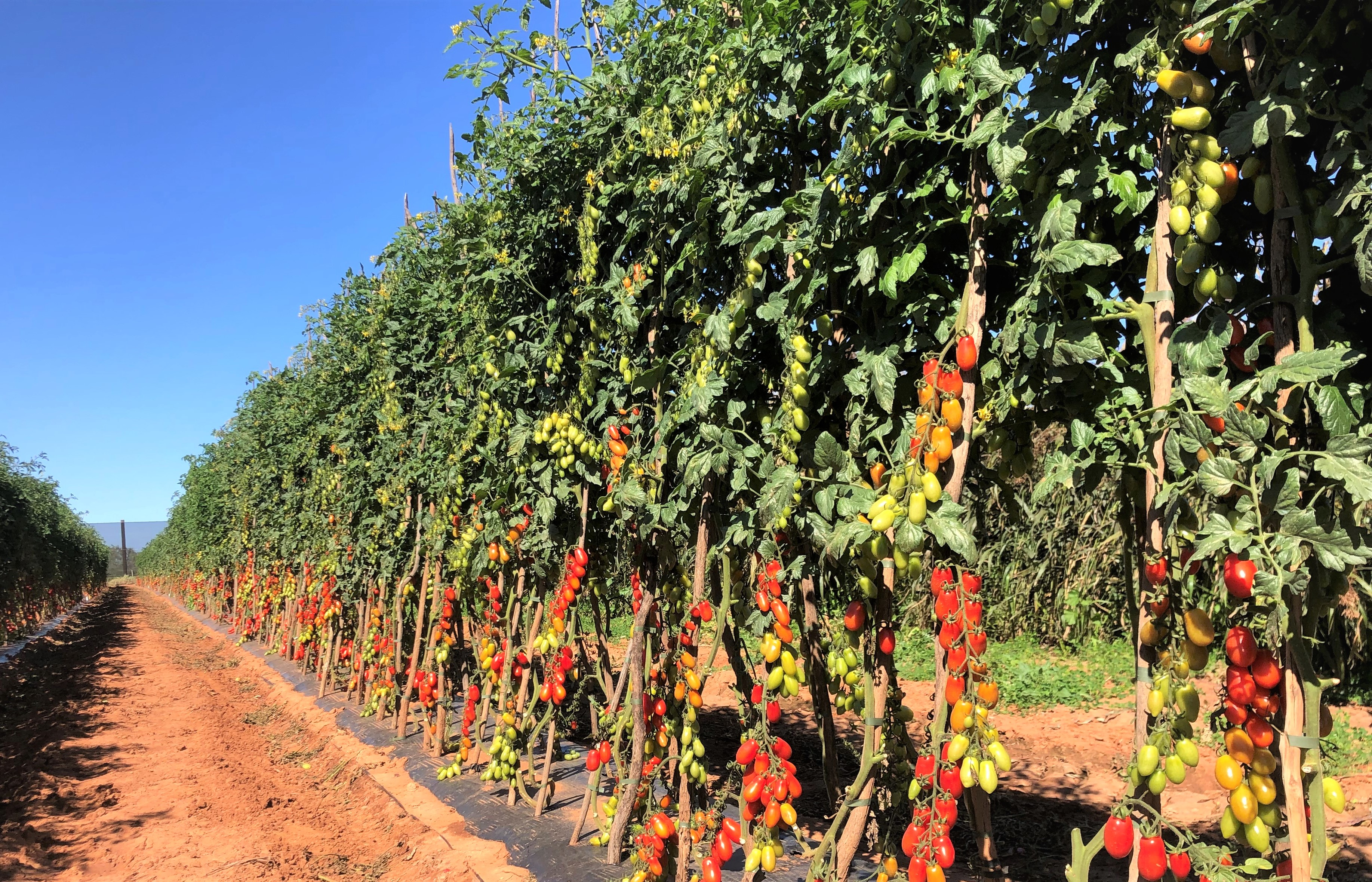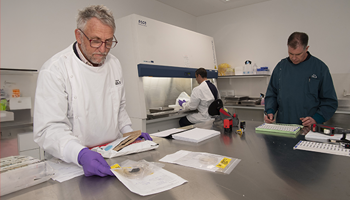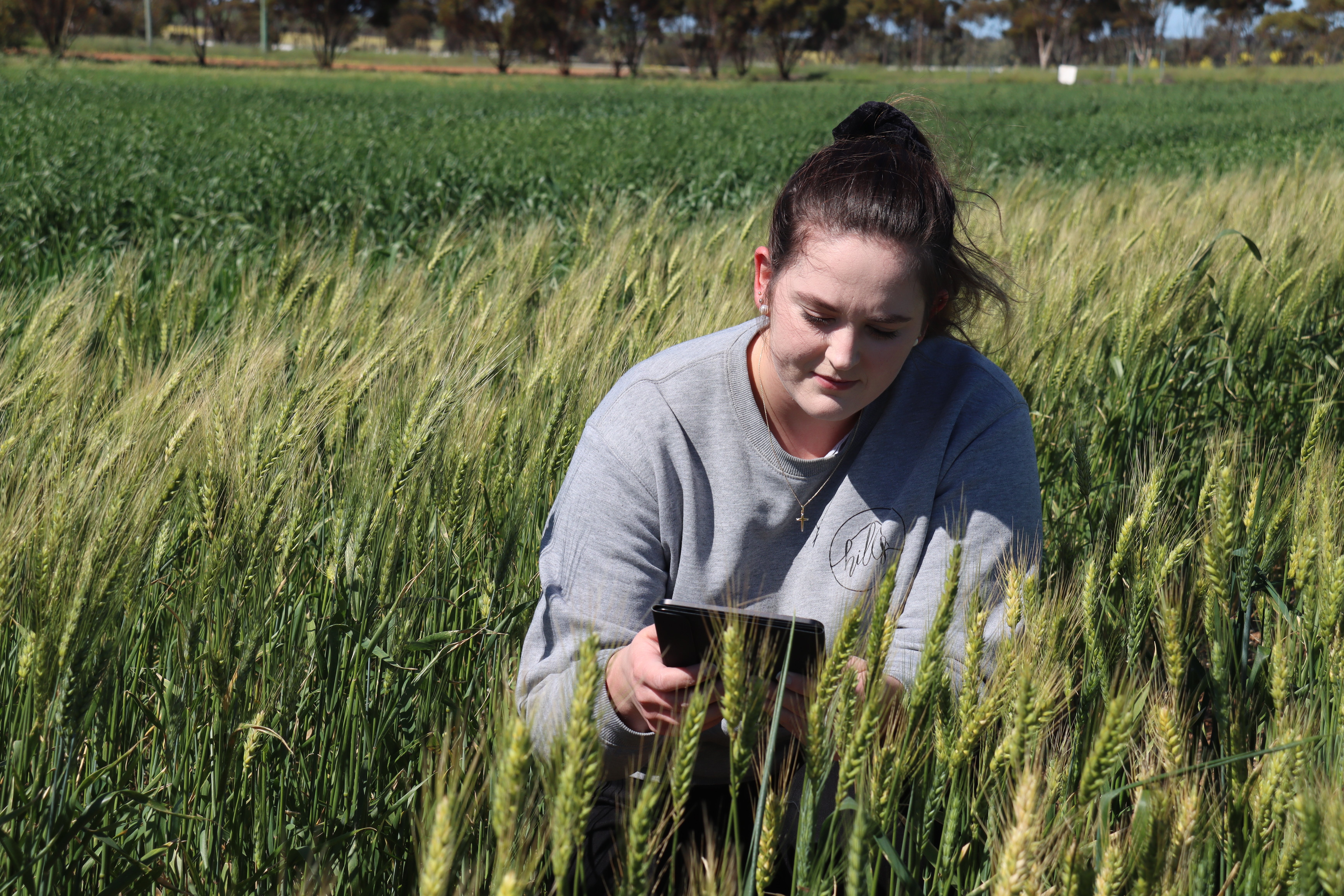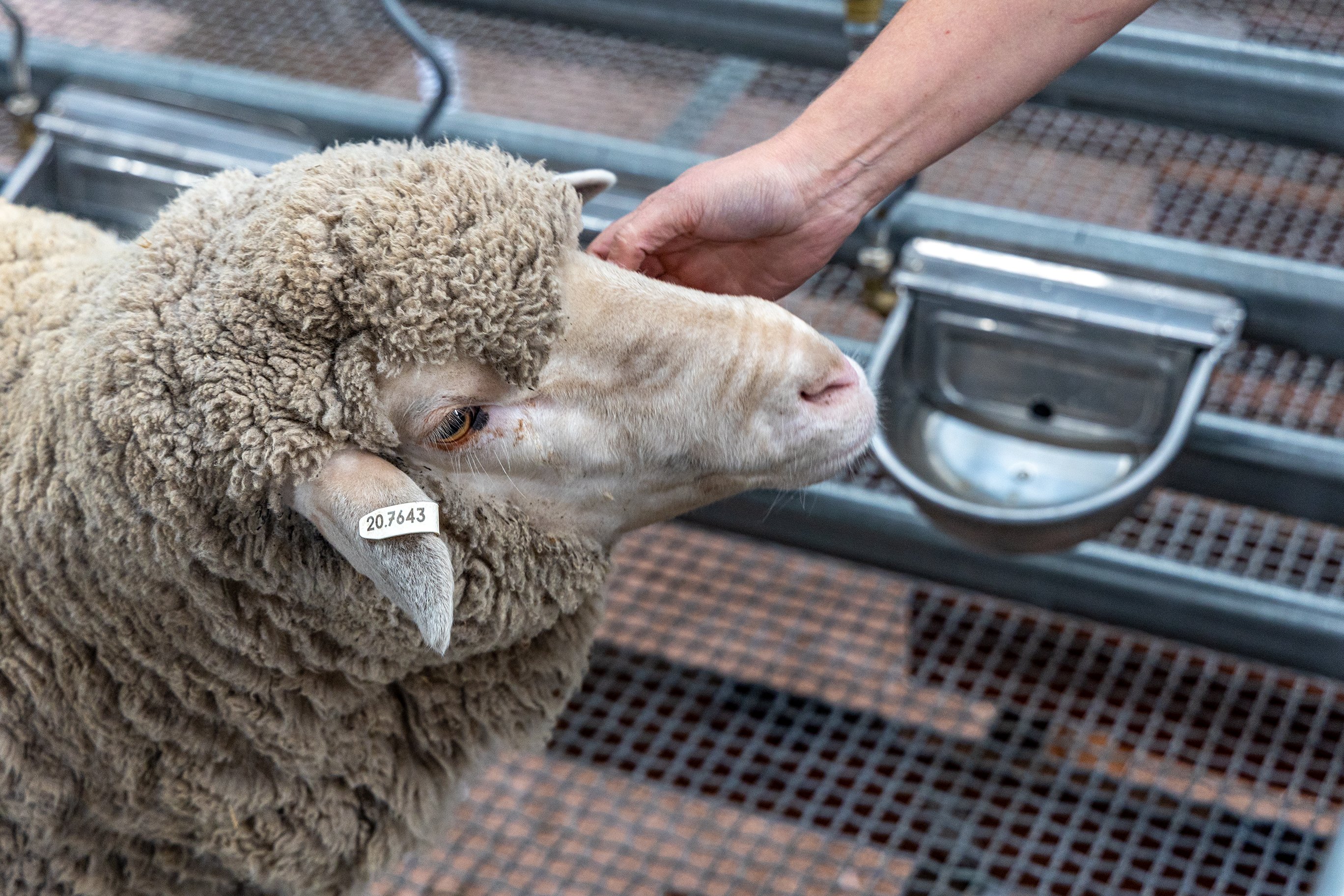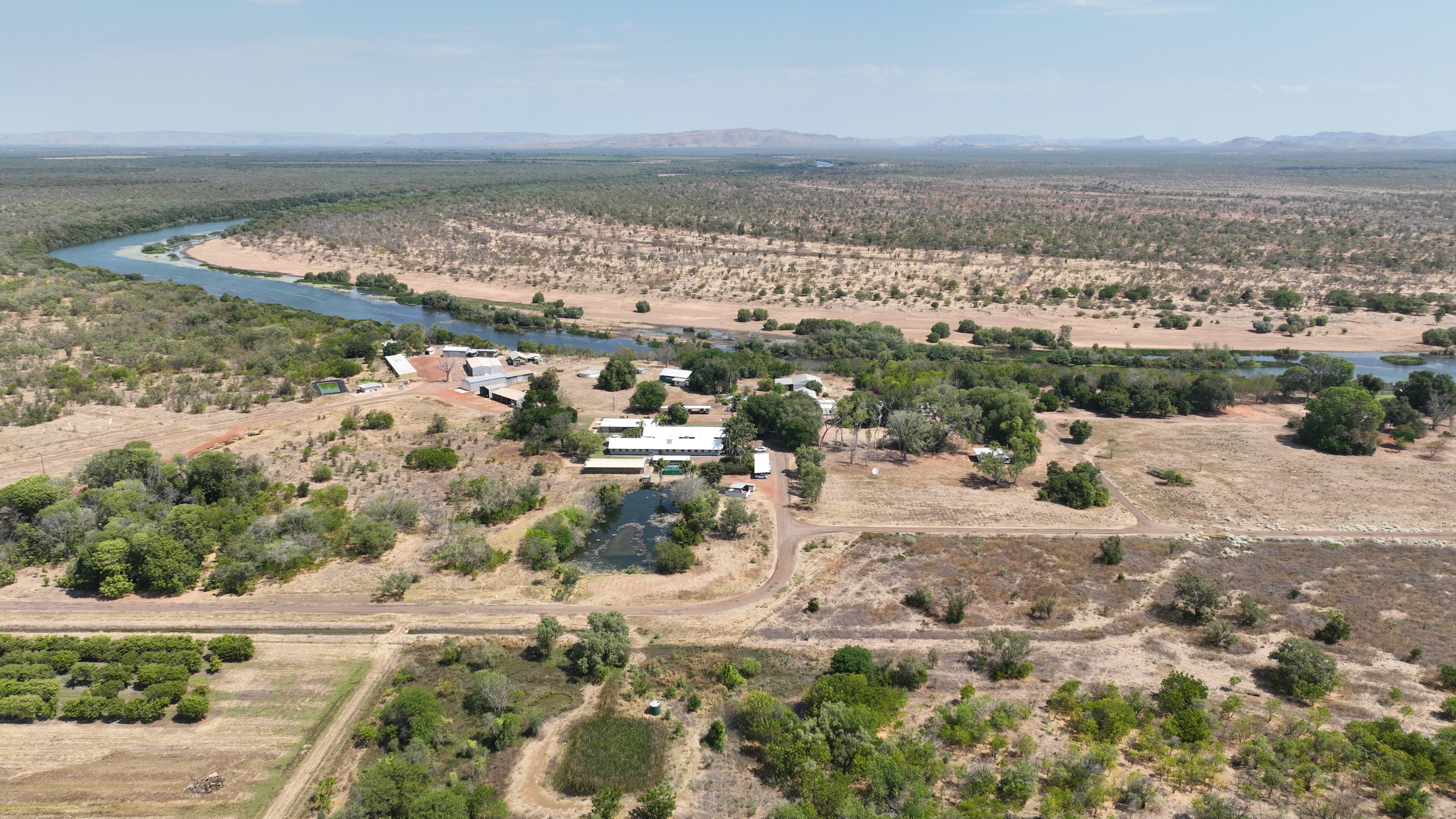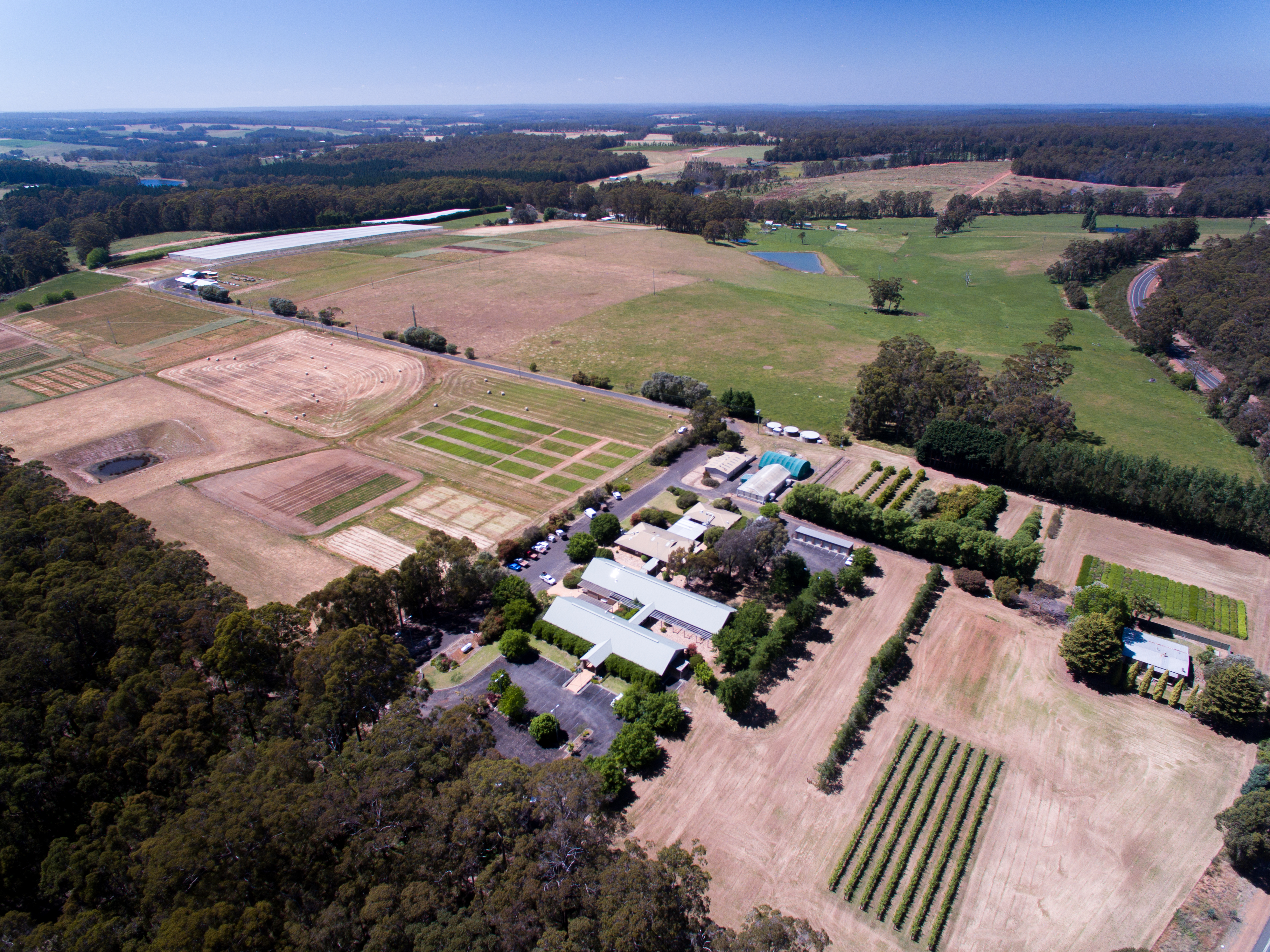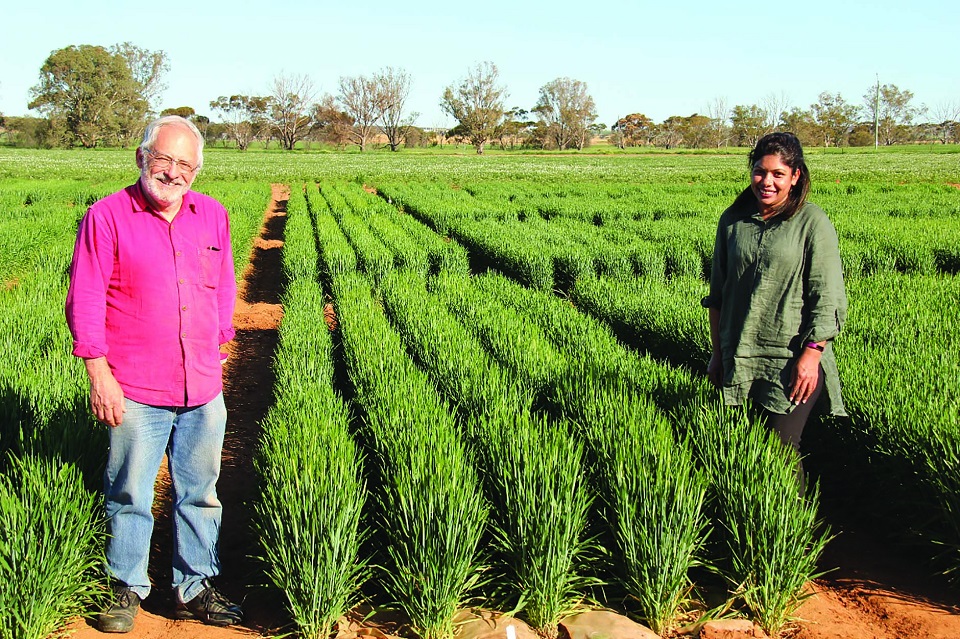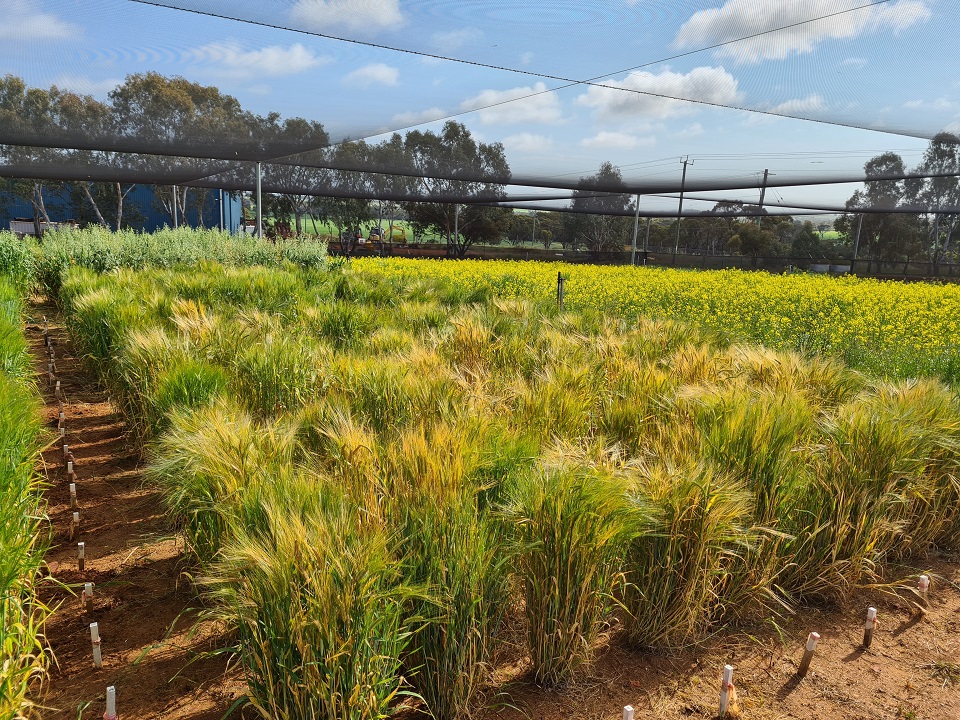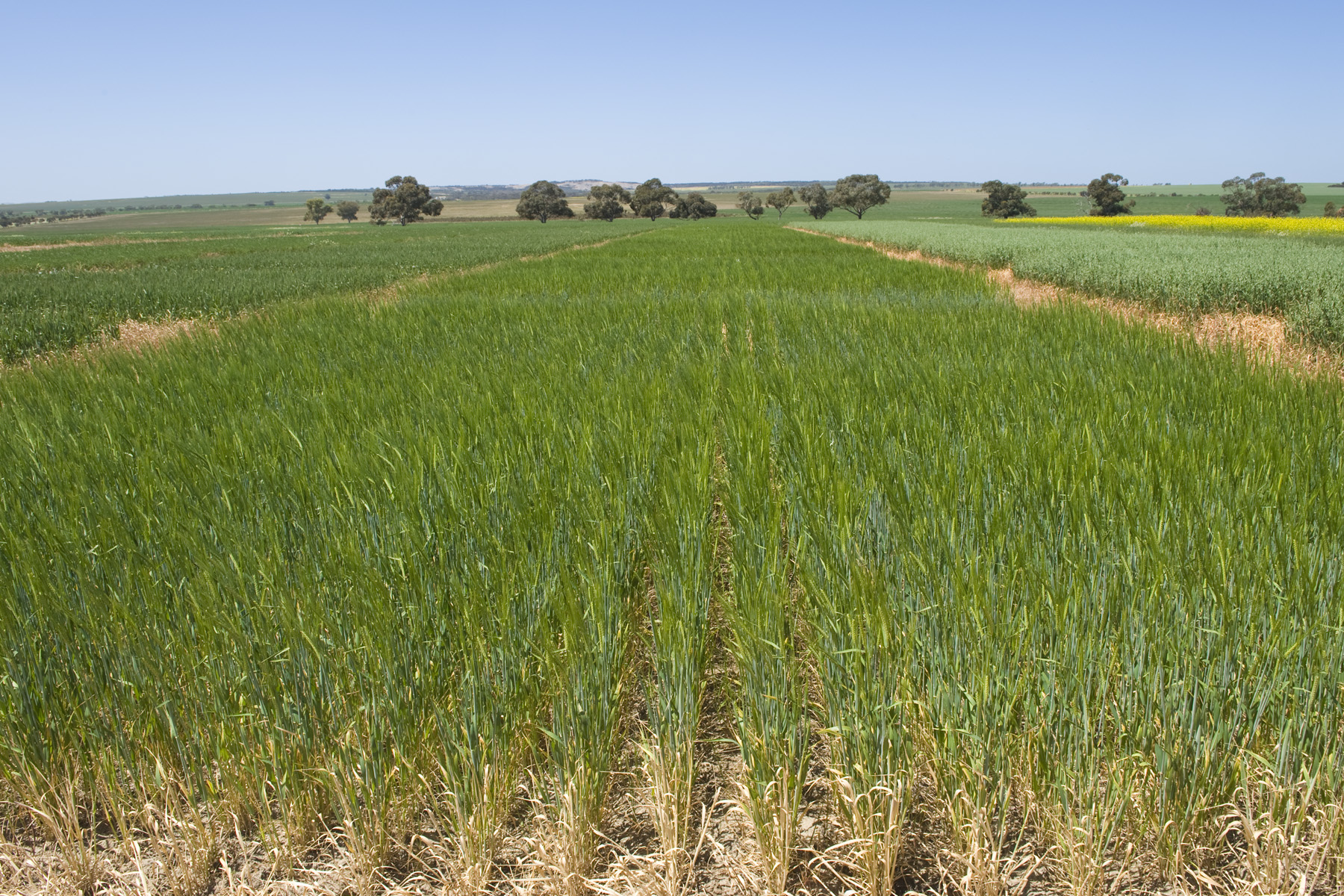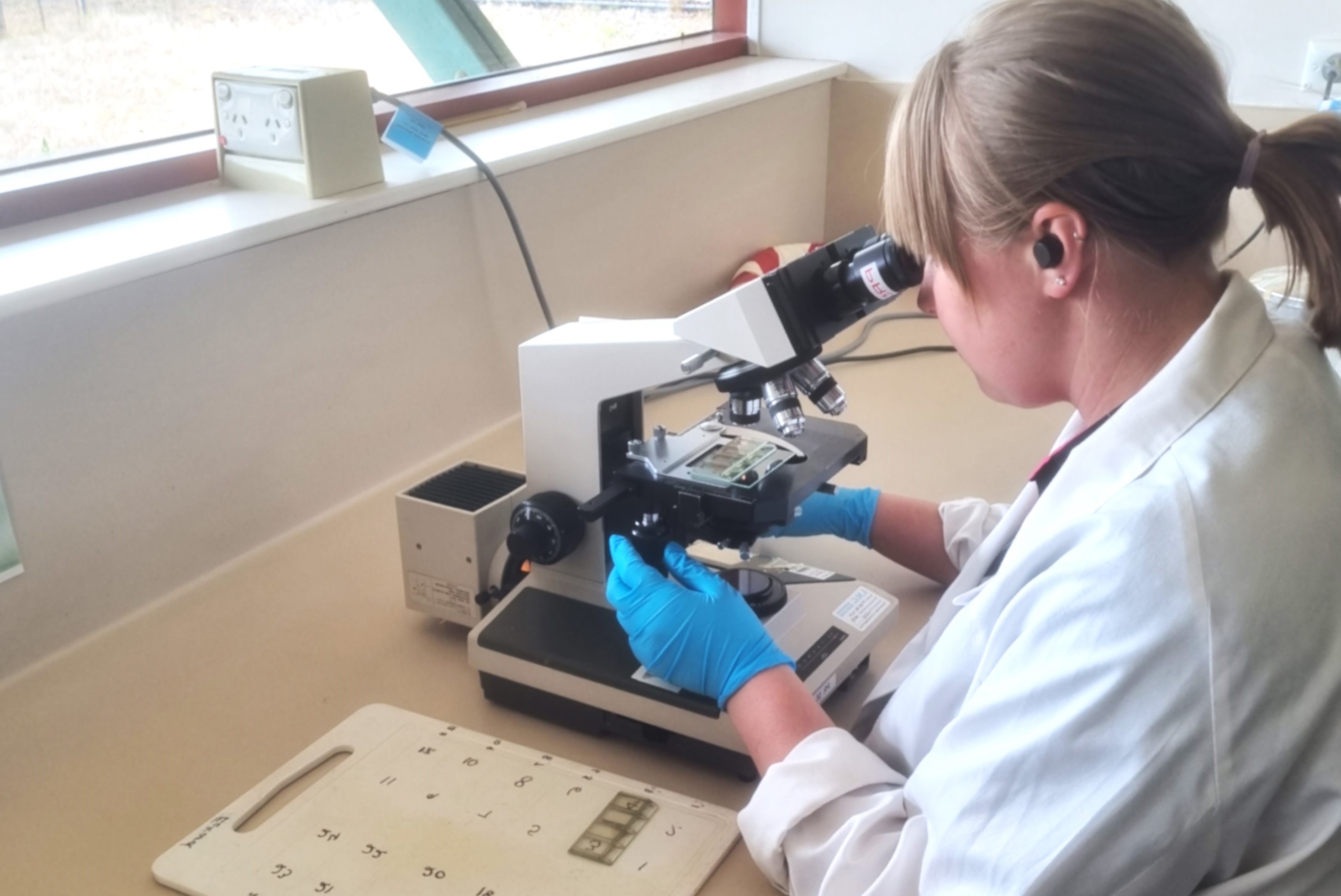Recognised for world class, independent research and development, the department delivers through partnerships all aspects of grains, livestock, farming systems, horticulture, and aquaculture research, development and extension. These facilities drive improvements in productivity, sustainability, and resilience within Western Australia’s primary industries. With a team of over 350 dedicated and experienced researchers spread across the state, we foster innovation through a culture of inquiry and adaptation, committed to advancing the future of primary industries.
Key research areas:
- Shellfish and finfish breeding: The development of new industry and commercialisation of shellfish species and increasing production of finfish is a key area of focus, aimed at enhancing aquaculture practices.
- Genetics and climate resilience: Research on the genetics of pastures, broadacre and horticultural crops to increase climate resilience and disease resistance is critical for ensuring food security in changing climates.
- Climate resilient production systems: Developing farming systems that are adaptable to climate variability is essential for long-term sustainability in agriculture.
- Northern beef industry development: A focus on growing and diversifying the northern beef industry to ensure production can meet global demand while remaining sustainable.
- Efficient sheep breeding: Research into breeding sheep that are more resilient, efficient, and produce less methane to contribute to both environmental sustainability and increased productivity.
- Low emission farming systems: Developing nitrogen-fixing legumes and low emission systems to improve farm productivity while reducing environmental impact.
- On-farm management: Providing strategies to manage pests, weeds, and diseases that impact crop yields, alongside improving soil fertility, to help sustain broadacre cropping systems.
- Horticulture and apple breeding: Facilities are dedicated to addressing issues in horticulture, such as breeding healthy, unique apples through the Australian National Apple Breeding Program.
- Disease resistance and genetic resources: The development of genetic resources for disease resistance, and tolerance to climatic and soil constraints, vital for building resilient crops and livestock.
Key research facilities
- Albany Aquaculture Park & Hatchery: Focuses on shellfish breeding and aquaculture research.
- Broome Tropical Aquaculture Park: Dedicated to tropical aquaculture systems.
- Bunbury Laboratories: Specialised fermentation laboratory to support research into small-lot wine and cider making. Other facilities support research in horticulture pathology, fruit and vegetables and soils.
- Carnarvon Research Station: Works on dryland farming and horticultural research.
- DPIRD Diagnostics and Laboratory Services: Provides expertise in animal pathology, plant pathology, seed testing and certification services.
- Esperance Downs Research Station: Specialises in pasture and cropping systems.
- Fremantle Marine Finfish Hatchery: Focuses on marine fish breeding and aquaculture.
- Hillarys Shellfish Hatchery: Focuses on research into shellfish spat production.
- Katanning Research Station: Focuses on sheep, pasture, and cropping research.
- Kununurra – Frank Wise Institute of Tropical Agriculture: Provides key research into tropical agriculture and farming systems.
- Manjimup Horticultural Research Institute: Focuses on horticultural research, including fruit crop breeding.
- Merredin Dryland Research Institute: Specialises in research related to dryland cropping systems and soil fertility.
- Northam Grains Research Facilities: Focuses on grain crops and farming systems.
- Pemberton Freshwater Research Centre: WA's largest freshwater hatchery and research facility.
- Watermans Bay Research Facility: Specialises in aquatic animal health research to support the WA aquaculture industry.
- Wongan Hills Research Station: Works on broadacre cropping systems and agricultural sustainability.
- Worm Vaccine Laboratory: Manufactures the Barbervax vaccine used to control Barber’s pole worm.
Our geographical spread mirrors the diverse activities of our more than 350 people working in research and industry development, including:
- breeding new species of shellfish and more productive finfish
- unravelling the genetics of climate resilience and disease resistance in pastures and grain crops
- developing climate resilient production systems
- growing and diversifying the northern beef industry
- breeding more resilient and efficient sheep that emit less methane
- developing nitrogen-fixing legumes and low emission farming systems
- providing on-farm management strategies to minimise crop losses from pests, weeds and diseases
- improving soil fertility to support broadacre cropping systems
- developing genetic resources for disease resistance and tolerance to climatic and soil constraints
- providing appropriate locations for researching horticulture issues not appropriate or preferred to be done on commercial properties.
- providing a site for the Australian National Apple Breeding Program to breed healthy, unique, and consumer preferred apples.
Our facilities
-
The department operates two aquaculture parks - the Albany Aquaculture Park and Broome Tropical Aquaculture Park.View more about Aquaculture parks
-
The department undertakes aquaculture production and research activities across marine fish, marine shellfish, freshwater aquaculture, and aquatic animal health.View more about Aquaculture research
-
Located in one of Western Australia’s major horticultural production areas, the Carnarvon Research Station is fully irrigated with high quality water sources, and capacity to establish and manage research trials, bulk up cereal seed, and carry out disease screening.View more about Carnarvon Research Station
-
DDLS provides expertise in animal pathology, plant pathology as well as seed testing and certification services to facilitate domestic and international trade and protect the biosecurity of WA.View more about DPIRD Diagnostics and Laboratory Services
-
The Esperance Downs Research Station (EDRS) and Esperance office are located 750 km southeast of Perth, in the Goldfields-Esperance region of Western Australia.View more about Esperance Downs Research Station
-
The Katanning Research Station (KRS) is a sheep, pasture, and cropping research hub, spanning more than 2,000 ha with approximately 1,575 ha arable for cropping and grazing and capacity for 7,500 sheep.View more about Katanning Research Station
-
The department’s Frank Wise Institute of Tropical Agriculture represented the first serious attempt at tropical agriculture on the banks of the Ord River in Kununurra, having been established in 1945.View more about Kununurra - Frank Wise Institute of Tropical Agriculture
-
The research and development team at Manjimup Horticultural Research Institute works closely with the horticultural industry to lift productivity, understand consumer and market drivers, encourage sustainable production systems, and manage pests and diseases.View more about Manjimup Horticultural Research Institute
-
The Merredin Dryland Research Institute provides broad grains research and development capacity, with a range of facilities.View more about Merredin Dryland Research Institute
-
The department’s Northam Grains research facilities are Western Australia’s premier regional centre for crop research and innovation.View more about Northam Grains research facilities
-
The department has a long history of research at the Wongan Hills Research Station (WHRS), which is located about 5 km east of the township of Wongan Hills in the northern agricultural region of Western Australia.View more about Wongan Hills Research Station
-
The world’s first vaccine to control Barber’s pole worm in sheep is manufactured at DPIRD’s animal health laboratories in Albany.View more about Worm vaccine laboratory

